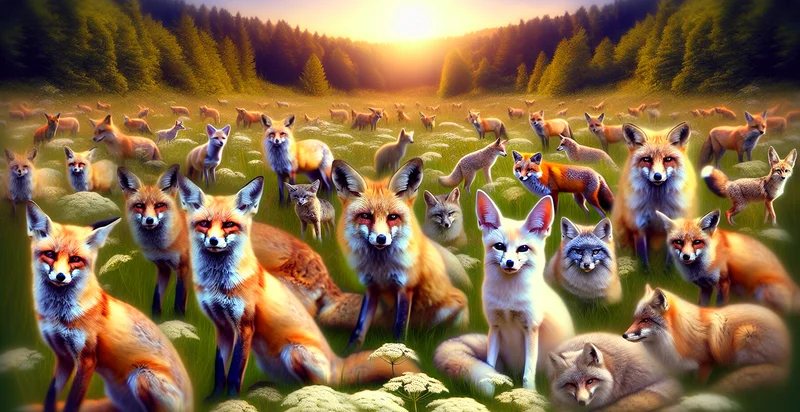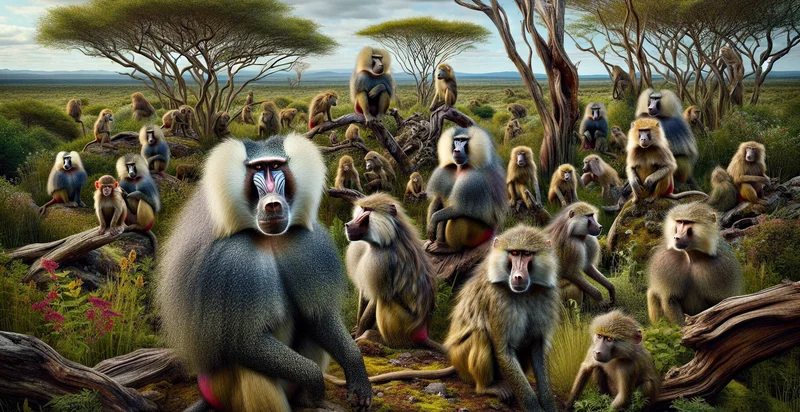Identify fox species
using AI
Below is a free classifier to identify fox species. Just upload your image, and our AI will predict which species of fox it is - in just seconds.

Contact us for API access
Or, use Nyckel to build highly-accurate custom classifiers in just minutes. No PhD required.
Get started
import nyckel
credentials = nyckel.Credentials("YOUR_CLIENT_ID", "YOUR_CLIENT_SECRET")
nyckel.invoke("fox-species-identifier", "your_image_url", credentials)
fetch('https://www.nyckel.com/v1/functions/fox-species-identifier/invoke', {
method: 'POST',
headers: {
'Authorization': 'Bearer ' + 'YOUR_BEARER_TOKEN',
'Content-Type': 'application/json',
},
body: JSON.stringify(
{"data": "your_image_url"}
)
})
.then(response => response.json())
.then(data => console.log(data));
curl -X POST \
-H "Content-Type: application/json" \
-H "Authorization: Bearer YOUR_BEARER_TOKEN" \
-d '{"data": "your_image_url"}' \
https://www.nyckel.com/v1/functions/fox-species-identifier/invoke
How this classifier works
To start, upload your image. Our AI tool will then predict which species of fox it is.
This pretrained image model uses a Nyckel-created dataset and has 13 labels, including Red Fox and Arctic Fox.
We'll also show a confidence score (the higher the number, the more confident the AI model is around which species of fox it is).
Whether you're just curious or building fox species detection into your application, we hope our classifier proves helpful.
Related Classifiers
Need to identify fox species at scale?
Get API or Zapier access to this classifier for free. It's perfect for:
- Wildlife Photography Cataloguing: Wildlife photographers who often take pictures of different species of foxes can use the 'fox species' identifier to assist them in cataloguing and classifying their photographs by species for easy referencing and organization.
- Ecological Surveys: Ecologists conducting wildlife surveys across varying habitats can use this function to identify captured images of different fox species from camera trap data, making identification faster and more accurate, contributing to precision in ecological studies.
- Wildlife Conservation: Conservation organizations can use this tool to easily identify fox species from images captured in their efforts to monitor populations, track movements or assess the health of specific species in their care.
- Educational Publishing: Publishers of educational materials, such as textbooks and nature guides, can use this function to ensure correct identification of fox species in their publications, ensuring accuracy and reliability of their content.
- Zoological Institutions: Zoos and animal parks can use this image classification function to help train their staff in correctly identifying fox species and to enhance their educational materials for visitors.
- Animal Control Services: Government and city animal control services could use this tool to accurately identify different fox species, allowing them to implement appropriate response strategies for each species, especially in areas where multiple species coexist.
- Biodiversity Monitoring Networks: Networks that monitor biodiversity could utilize the 'fox species' identifier tool to process vast amounts of image data collected from various sources, thereby aiding them in their mission to track changes in wildlife populations across the globe over time.


